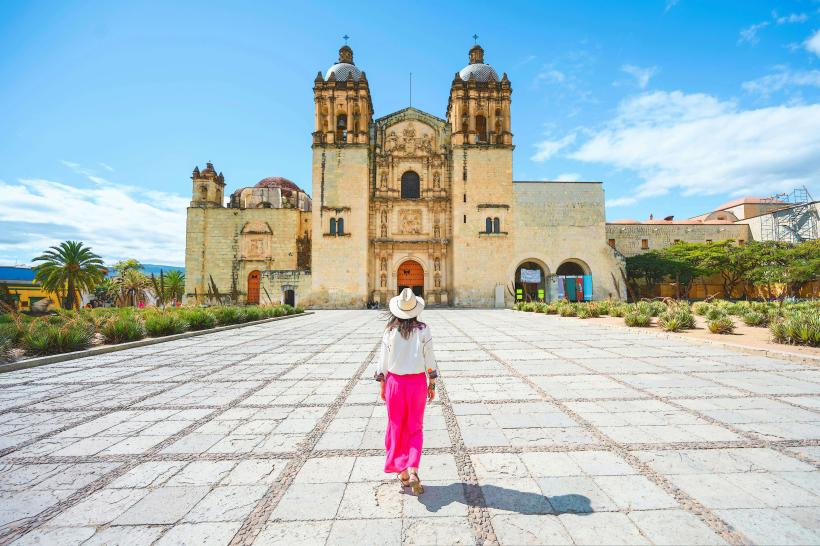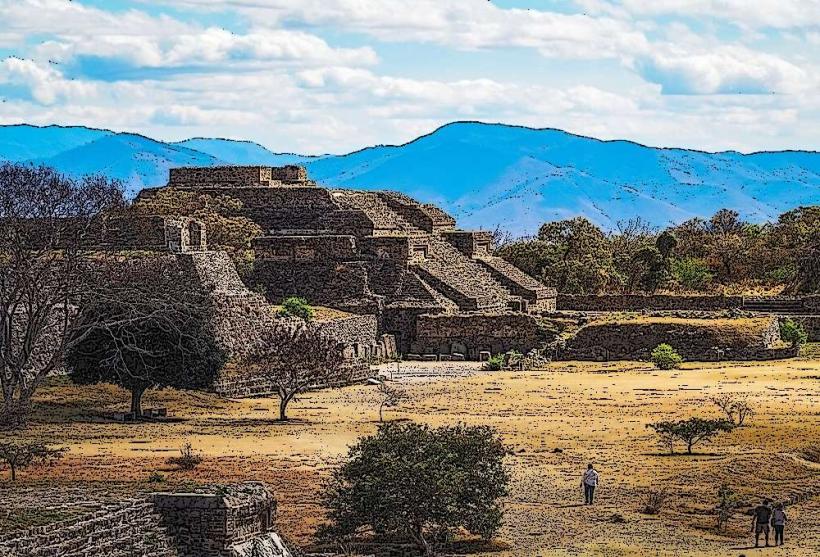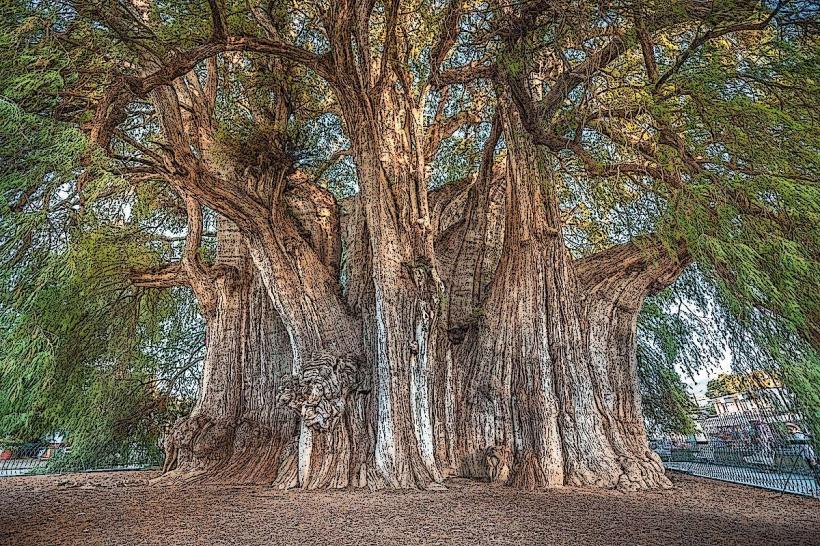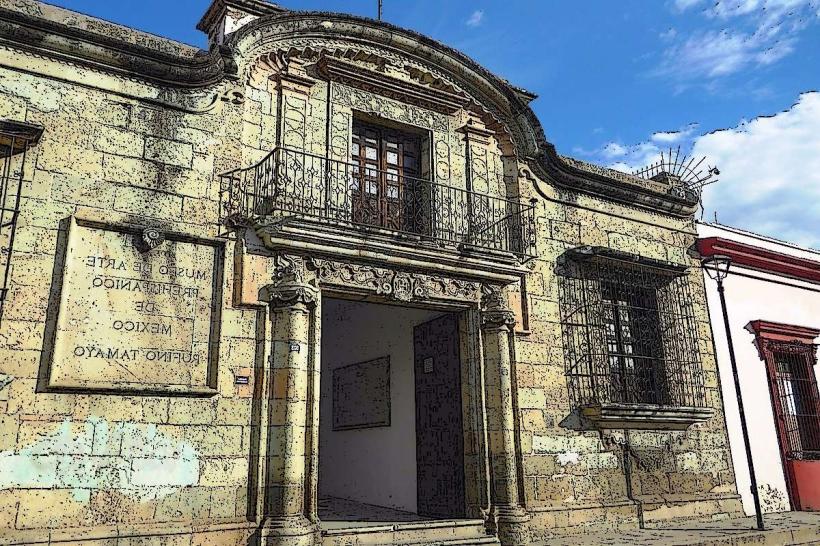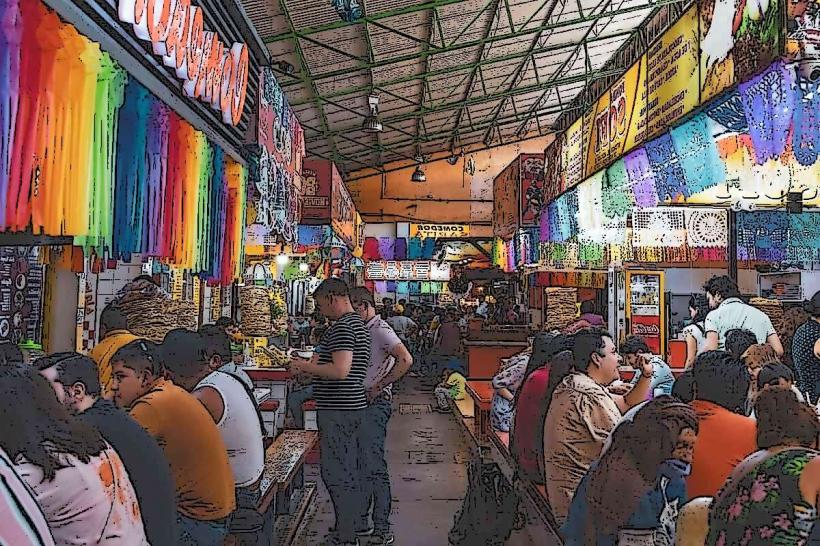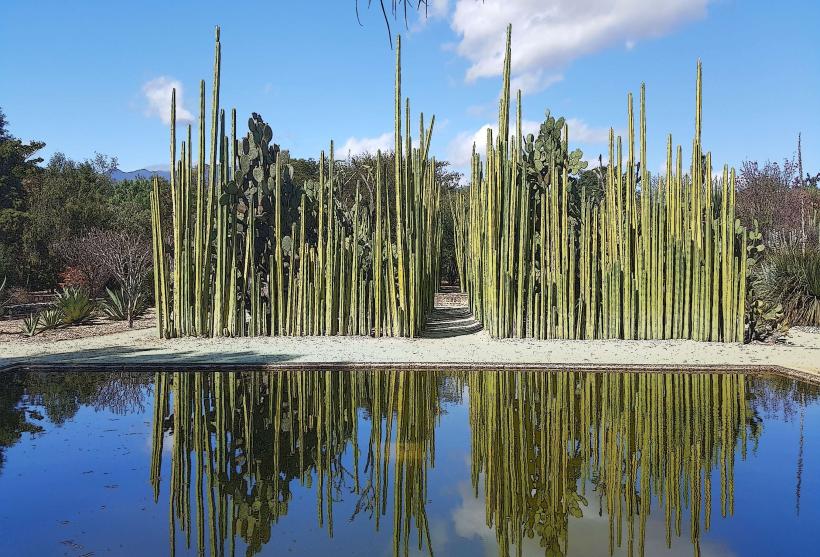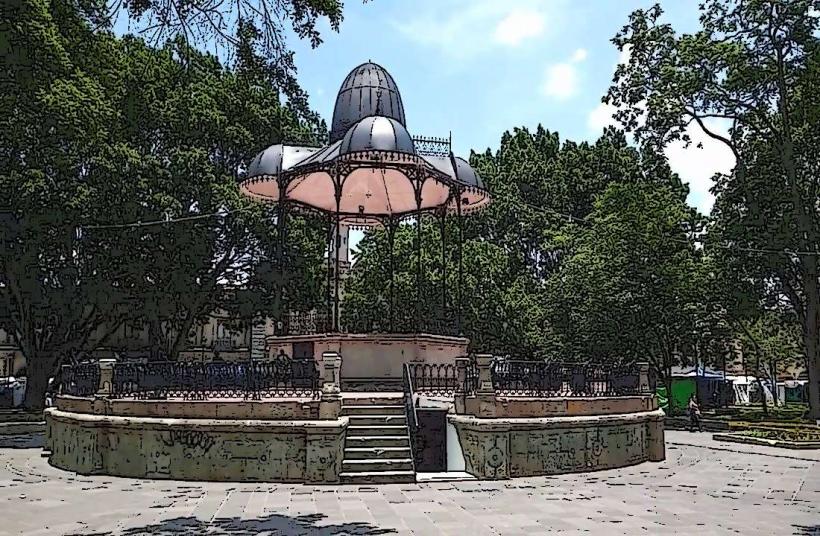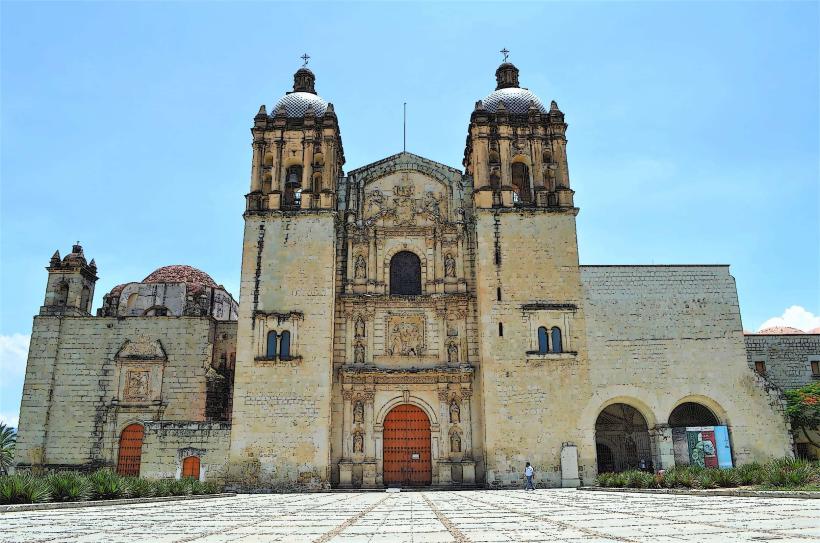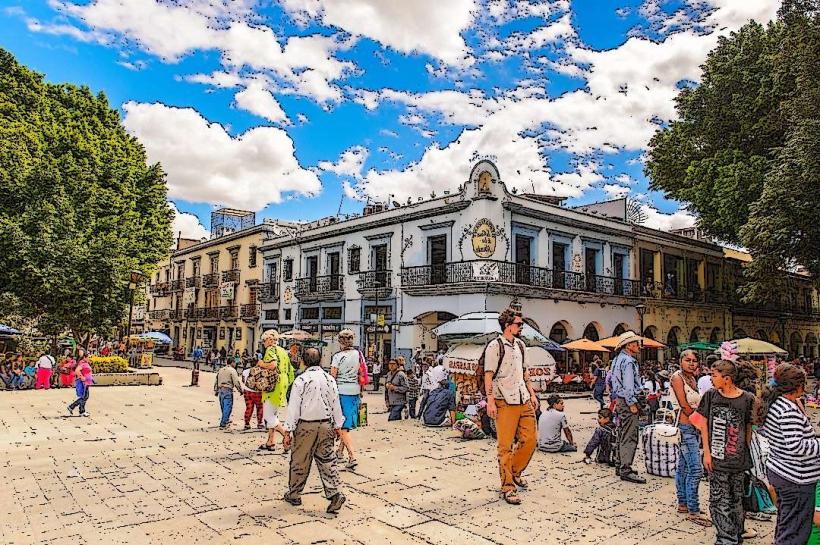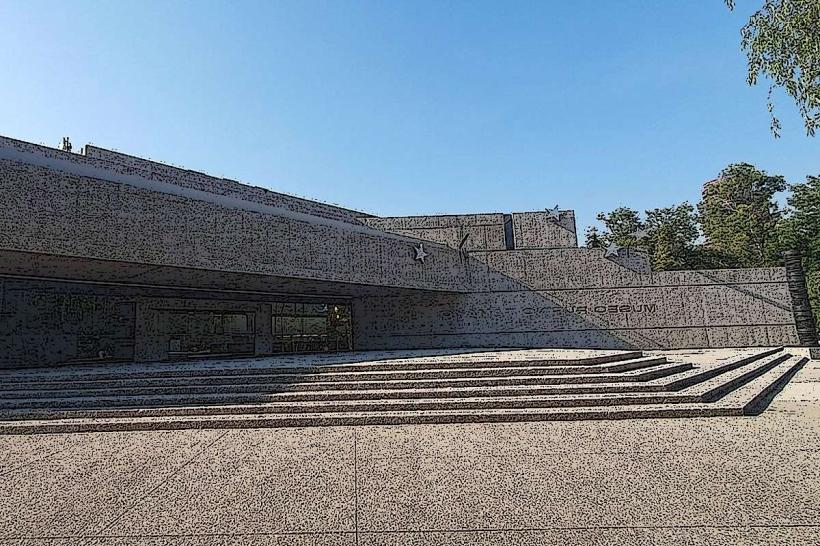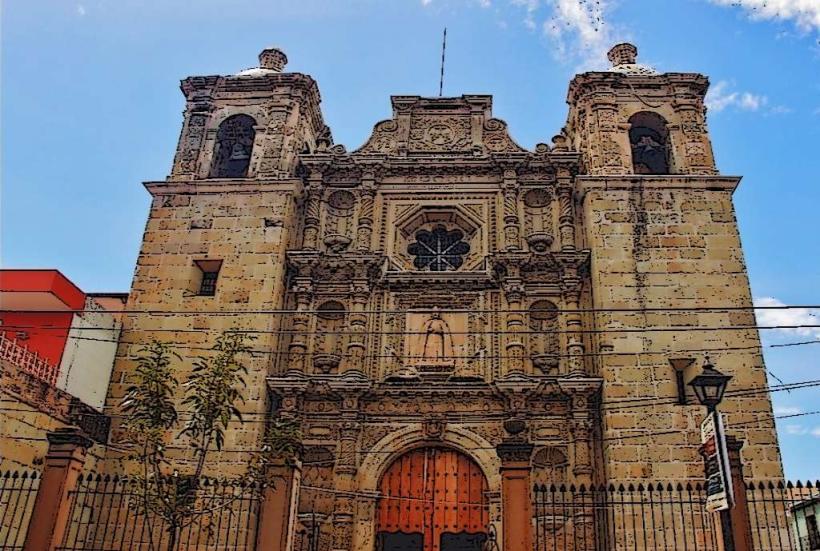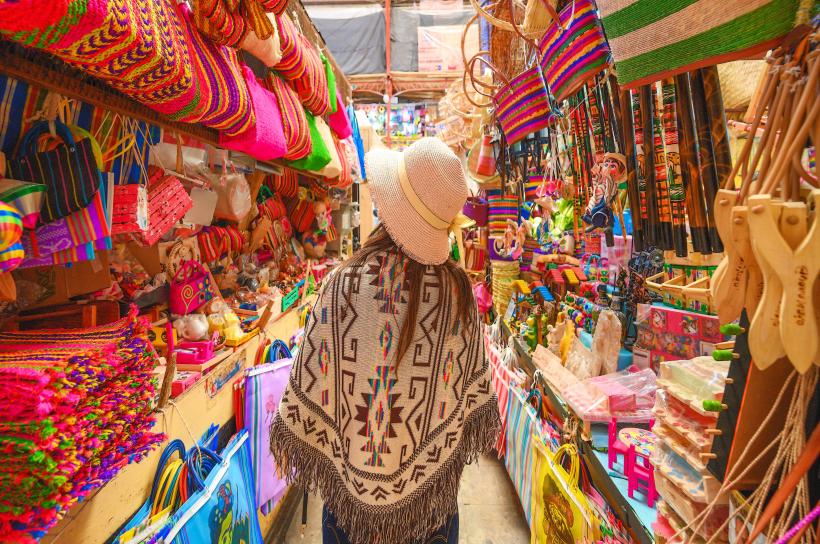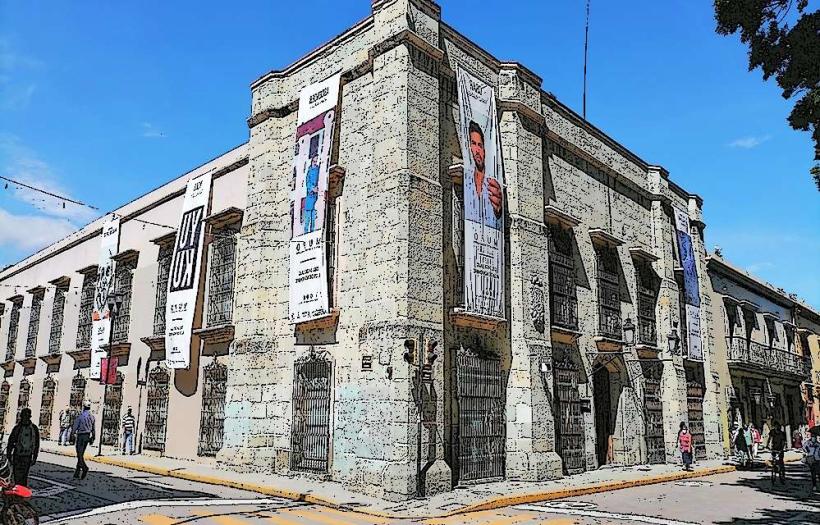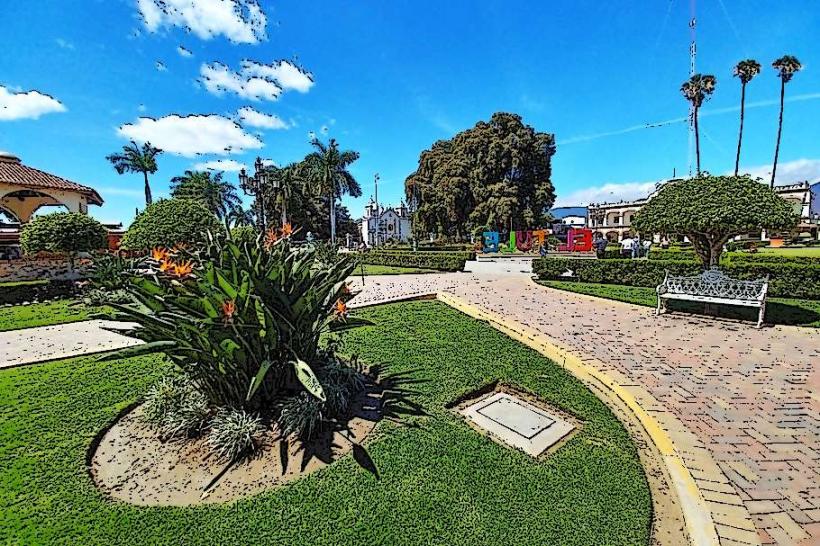Information
Landmark: Santo Domingo TempleCity: Oaxaca
Country: Mexico
Continent: North America
Santo Domingo Temple, Oaxaca, Mexico, North America
Overview
In Oaxaca, Mexico, the Templo de Santo Domingo de Guzmán stands as one of the country’s most breathtaking and significant pieces of colonial architecture, its stone walls glowing warm in the late afternoon sun, while steeped in history, art, and culture, the temple and its heritage convent now hold a bustling museum and a lush botanical garden, anchoring the heart of Oaxacan heritage.The Dominican Order began building the temple in 1575 and finished it in 1731, stone by stone under their careful watch, simultaneously in the early 1500s, Dominican friars reached Oaxaca, determined to spread their faith among the native people, their voices echoing through dusty village squares.Actually, Santo Domingo grew into their leading center for faith and culture, its plazas echoing with bells and voices, meanwhile in the mid-19th century, during the Reform Laws, the Mexican government took much of the Church’s property, seizing the monastery and turning its echoing stone halls into military barracks.Luckily, most of the complex survived, its stone arches still standing, and was later restored into the location we glimpse today, then the church showcases classic Mexican Baroque style, with intricate stucco curling along its walls, lavish ornamentation at every turn, and a sweeping, dramatic sense of space.The stone façade bursts with carved reliefs and statues, from Saint Dominic-the founder of the Dominican Order-standing tall at the center, to saints and solemn figures gathered at his sides, alternatively step inside and the church takes your breath away, light spilling across polished wood and painted stone.Gold leaf gleams across the walls, ceiling, and chapels, where carved wood curls into delicate patterns and frescoes spill with color, after that high above the central nave, the ceiling bursts with a sculpted relief of Saint Dominic’s family tree-Genealogía de Santo Domingo-its branches alive with saints, prophets, and familiar Dominican faces.Rosary Chapel: Inside the Capilla del Rosario, the gold-covered altars gleam under the light, surrounded by a lavish burst of baroque detail, what’s more beside the church stands the antique Dominican convent, its stone walls cool to the touch, now home to the Museo de las Culturas de Oaxaca.It’s one of the region’s finest museums, tracing Oaxacan history from ancient stone carvings to colonial silverwork and right up to the present day, also one standout is the Mixtec Treasure of Tomb 7-gleaming gold jewelry, delicately carved bones, and ceremonial objects unearthed at Monte Albán, just a short wander from here.Religious art includes colonial-era paintings, carved sculptures, and liturgical items like incense holders and gilded chalices, to boot ethnographic exhibits showcase objects that celebrate the rich cultural diversity of Oaxaca’s many Indigenous communities, from handwoven textiles to painted clay masks.The Ethnobotanical Garden, tucked beside the complex, bursts with Oaxaca’s astonishing biodiversity, from towering cacti to delicate wildflowers, subsequently artist Francisco Toledo helped shape the garden, where agaves, spiny cacti, fragrant medicinal herbs, and historic shade trees grow much as they have for generations in the region.Santo Domingo sits in the heart of Oaxaca City, a UNESCO World Heritage Site where church bells echo through narrow streets, after that it’s woven into daily life here, serving not only as a region of worship but as a proud emblem of Oaxacan identity and the resilience that echoes through its sun-warmed stone walls.It plays a key role in many celebrations and parades, especially during Semana Santa, Día de los Muertos, and the colorful Guelaguetza festival where streets burst with music and dancing, likewise in the 20th century, restoration teams worked tirelessly to repair the damage left by military use, carefully matching each stone’s color and texture until the venue looked whole again.Today, the building draws more visitors than almost any other cultural site in Oaxaca, its weathered stone walls safeguarded as a historic monument, in turn the Templo de Santo Domingo stands as a stunning blend of art, faith, and history, capturing Oaxaca’s rich cultural layers-from its indigenous beginnings to the echo of colonial bells and the bustle of modern life.
Author: Tourist Landmarks
Date: 2025-09-22

